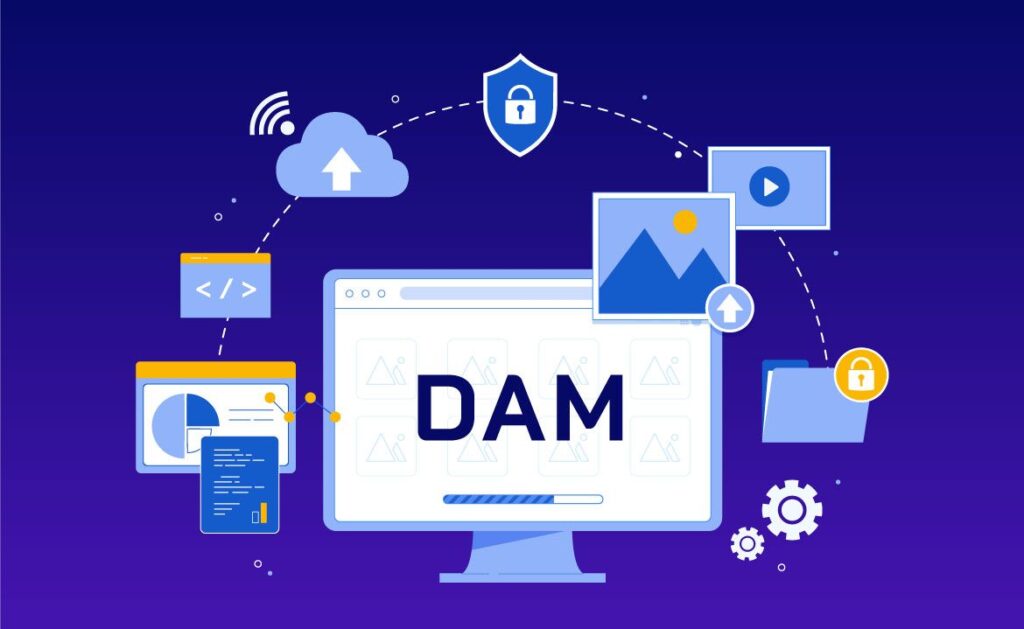Digital Asset Management Trends In The Age of AI & ML
There are few things more pivotal to modern business than digital asset management, and the influence of artificial intelligence and machine learning over this niche is growing by the year.
A variety of AI and ML-shaped trends have emerged as a result, and understanding these is useful if you’re looking for a new DAM solution for your organization.
Optimizing search tools
One tricky aspect of making DAM efficient is the need to ensure that any assets which are added to the system are highly searchable.
In the past, this meant manually adding metadata to files so that users could pinpoint them swiftly and precisely further down the line. This task, like many others, was time-consuming and mind-numbing, especially when large volumes of data were involved.
Today, AI allows metadata to be generated and optimized for search with a high degree of automation, freeing up team members to tackle more interesting aspects of overseeing content generation and storage.
Cross-channel content distribution
Brands have to be active across so many spheres in the social media age, which of course makes publishing content a chore, particularly in the case of having a smaller team.
With DAM software, the amount of work involved in coordinating cross-channel content campaigns is reduced, since it’s possible to automate the formatting of files so that they can quickly be posted to whatever platforms you occupy.
Access management & security
One challenge which comes with contemporary digital asset management tools is monitoring and controlling who has access to files.
As mentioned in this overview of Air vs. Brandfolder digital asset management solutions, it’s far simpler to wrangle these aspects when a degree of automation is involved.
Privileges can be set and adjusted as needed, alerts can be implemented to ensure that any suspicious activity is detected and handled as a priority, and in-house team members as well as any external clients and stakeholders can be brought into the fold without this becoming an administrative burden.
Third party integrations
We’ve already touched on the idea that DAM cannot exist in a vacuum, but actually must be designed to provide and facilitate interoperability between internal systems and whatever additional platforms and services your organization has to be plugged into.
This goes beyond social media content formatting, and extends to all sorts of third party integrations, not only with established content management systems, but also a range of other software tools which are vital to all sorts of operations.
The compatibility with a diverse array of APIs, and support for whatever setup is most suited to the individual business, is at the core of what makes cutting edge DAM software attractive. Automation has a part to play here as well, enabling otherwise separate ecosystems to integrate without needing to reinvent the wheel every time something new is added to the mix.
Collaboration
Ultimately the purpose of DAM is to give employees, clients, freelancers and other contributors to projects within a business the means to collaborate with as little friction as possible.
AI and ML will continue to exert more power over how convenient and seamless the collaboration process is, and in an ideal use case their implementation will be effectively invisible.
Final thoughts
If you’re still relying on a clunky CMS, or you’re stuck in the dark ages with an outdated DAM solution, now is the time to see what all the fuss is about and switch to a new alternative. Automation is already here, so being onboard early will strengthen your position and ensure future growth and prosperity are achievable.



























